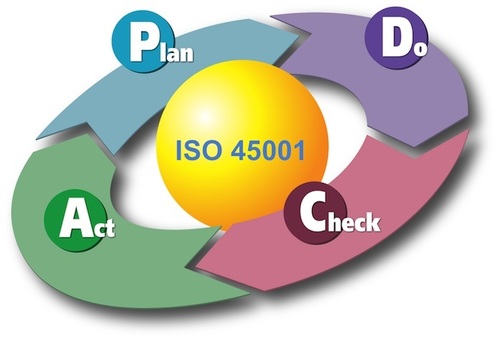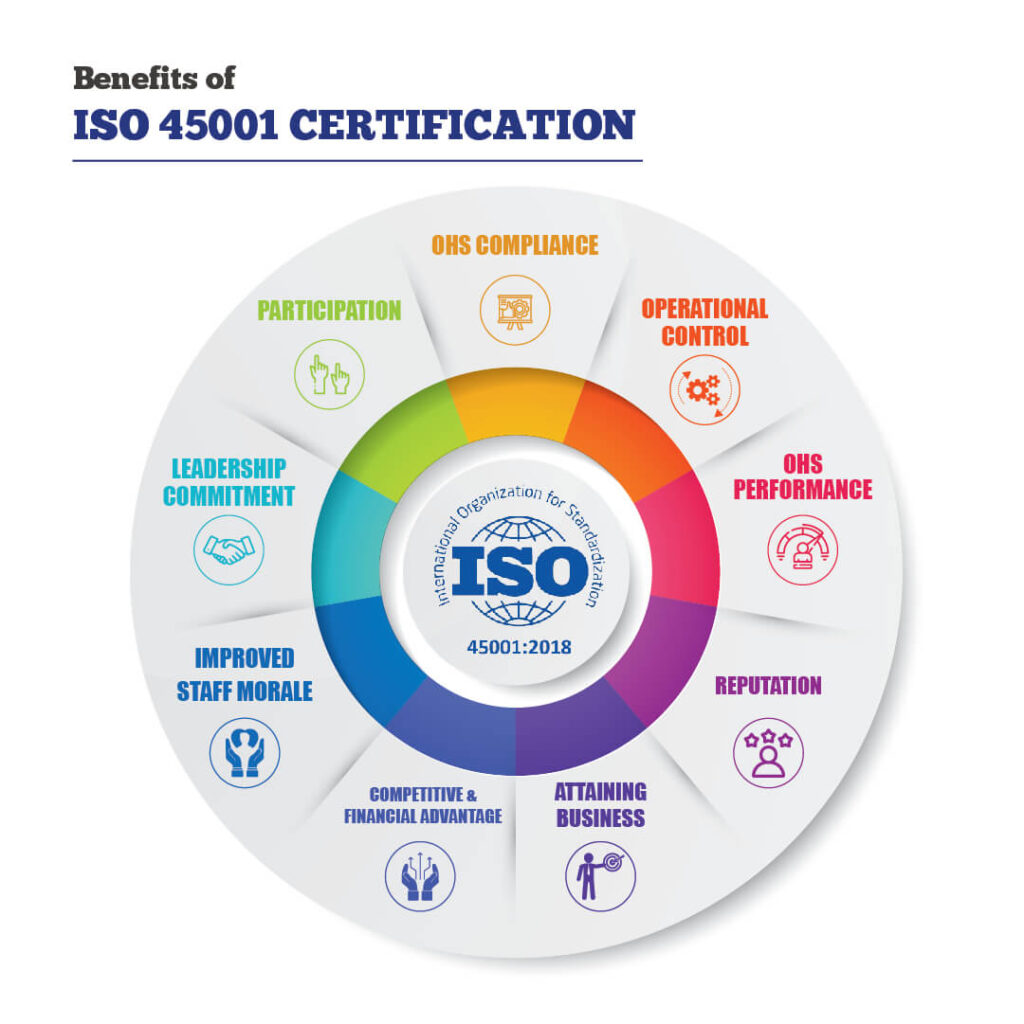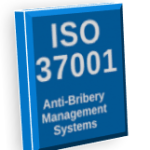What exactly is ISO 45001 Certification?
ISO 45001 is an International Standard that sets standards for an occupational health and safety (OH & S) management system, as well as guidelines for its implementation. An organization to proactively improve its OH & S performance in preventing injury and illness. The ISO 45001 certification is designed to apply to any company of any size, type, or character. An organization can integrate additional areas of health and safety, such as worker wellness/wellbeing, into its OH&S management system. It should be emphasized. ISO 45001 Certification was created to prevent any risks that might cause irreparable harm to people and organizations. Represents best practices in the establishment, implementation, and maintenance of the OH & SMS. Its standards and recommendations assist a business in establishing a successful OH & SMS and avoiding the omission of critical aspects along the route.
What are the advantages of ISO 45001?
By applying ISO 45001 certification, your staff’s productivity rises while workplace injury decreases. This means that your overall productivity can be considerably increased. This increase in productivity and overall staff safety might have a beneficial influence on your organization’s insurance costs. ISO 45001 certification or other comparable management standards are not needed by legislation. They can assist offer a systematic framework for maintaining a safe and healthy workplace. It is anticipated to minimize workplace injuries and illnesses throughout the world. It is designed to assist businesses of all sizes and sectors in establishing a safe working environment for their employees.
What are the benefits of ISO 45001?
ISO 45001 certification in your business paves the way for fewer workplace accidents and illnesses by taking a proactive approach to hazard identification and risk assessment, resulting in better organizational health and safety. An OH&S management system based on ISO 45001 certification will help a company to enhance its OH&S performance by:
•The Creating and executing an OH&S policy as well as OH&S goals
• Developing systematic procedures that take into consideration its “context,” as well as its risks and possibilities, as well as its legal and other requirements.
• Identifying the hazards and occupational health and safety concerns connected with its activities; attempting to eliminate them or implementing procedures to mitigate their potential impacts
• Putting in place operational procedures to manage company OH&S hazards as well as its legal and other obligations.
•Raising knowledge of its Occupational Health and Safety (OH&S) hazards
• Evaluating its occupational health and safety performance and attempting to improve it via suitable actions
• Ensuring that workers take an active part in OH&S issues
These actions, when taken together, will guarantee that an organization’s reputation as a safe place to work is promoted, and can have more immediate advantages.





